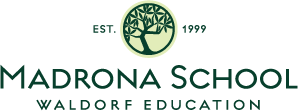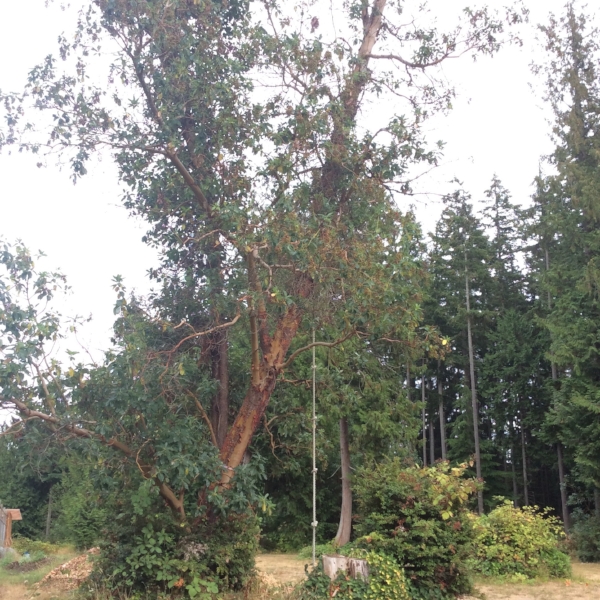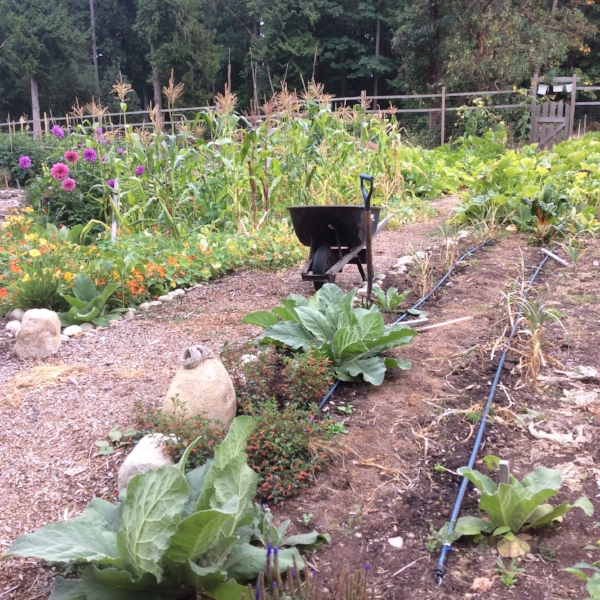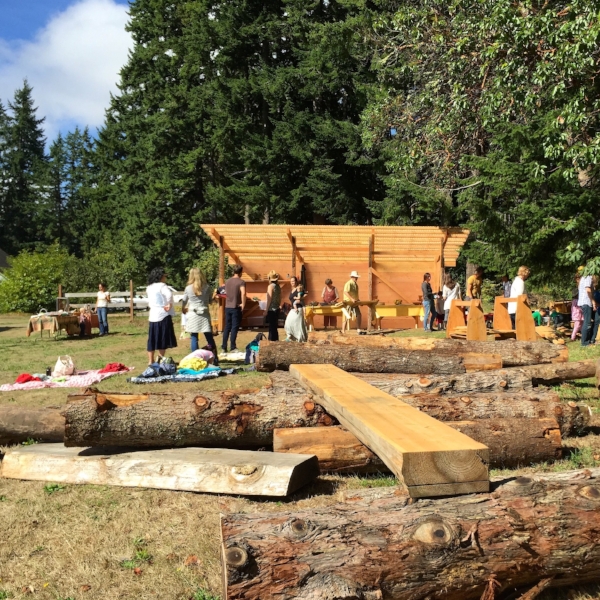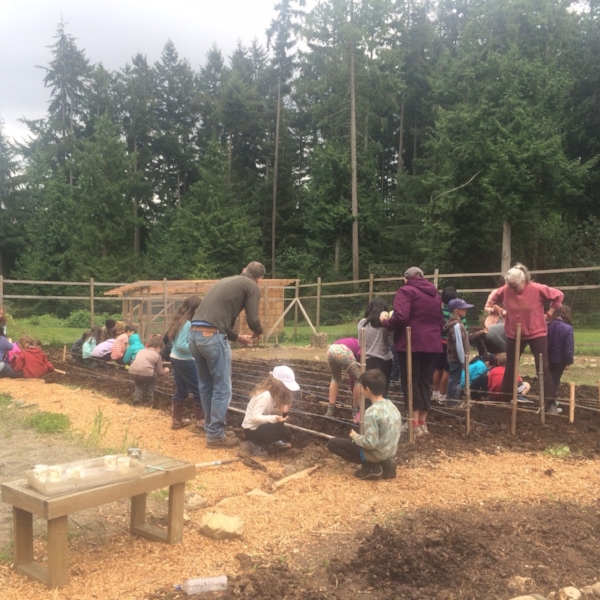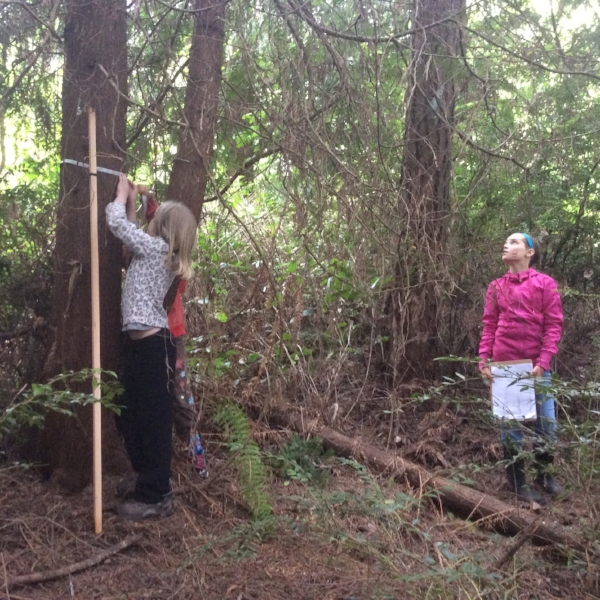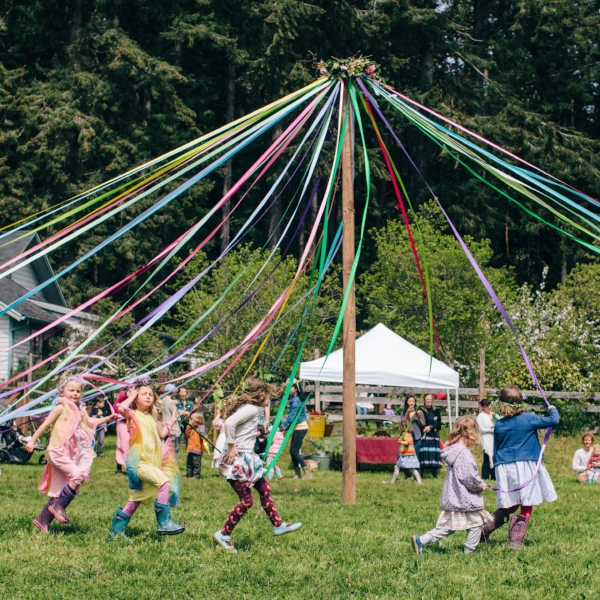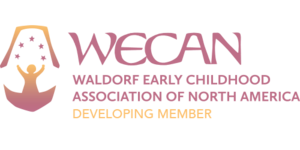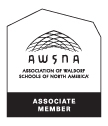In a letter sent out to our school community on May 24, 2017, we were excited to announce that we've cleared one step in the process towards a new campus. This represents a lot of work on the part of many, and we are grateful! As we've lived in to the Lowery Farm property a bit over the last few years, we've grown to love the land and what it might represent for the future of our school.
Dear friends and fans,
I am delighted to report that this morning we received the Hearing Examiner's favorable judgement on our CUP application. As you can read below, Phases I and II of the project have been approved (with a host of conditions, most of them exactly as we had expected) and with phase III being "remanded to the City for further investigation of the traffic impacts of the operation of the proposed auditorium."
We were particularly pleased to be acknowledged in a couple places for our thoughtful design:
"The Hearing Examiner takes notice that schools are more often than not located in residential areas. The plans presented go to considerable length to assure that during normal hours the new school will fit in.
The proposed school development is part of an overall pattern of growth. In the larger development picture, the school actually represents the retention of open space, as compared with standard residential development. 92.5% of the property will remain open. This applicant, a Waldorf school, is particularly sensitive to concerns for preservation of natural conditions because nature plays an important role in its instructional program."
Thank you to all of you who have supported this (lengthy) application process! You wrote letters that became part of the testimony considered by the examiner; you attended meetings; you spoke up in favor of this project. I hope that you feel as pleased about this as we do!
I will be communicating more about next steps soon.
Sincerely,
Missi, on behalf of the board and campus committee
